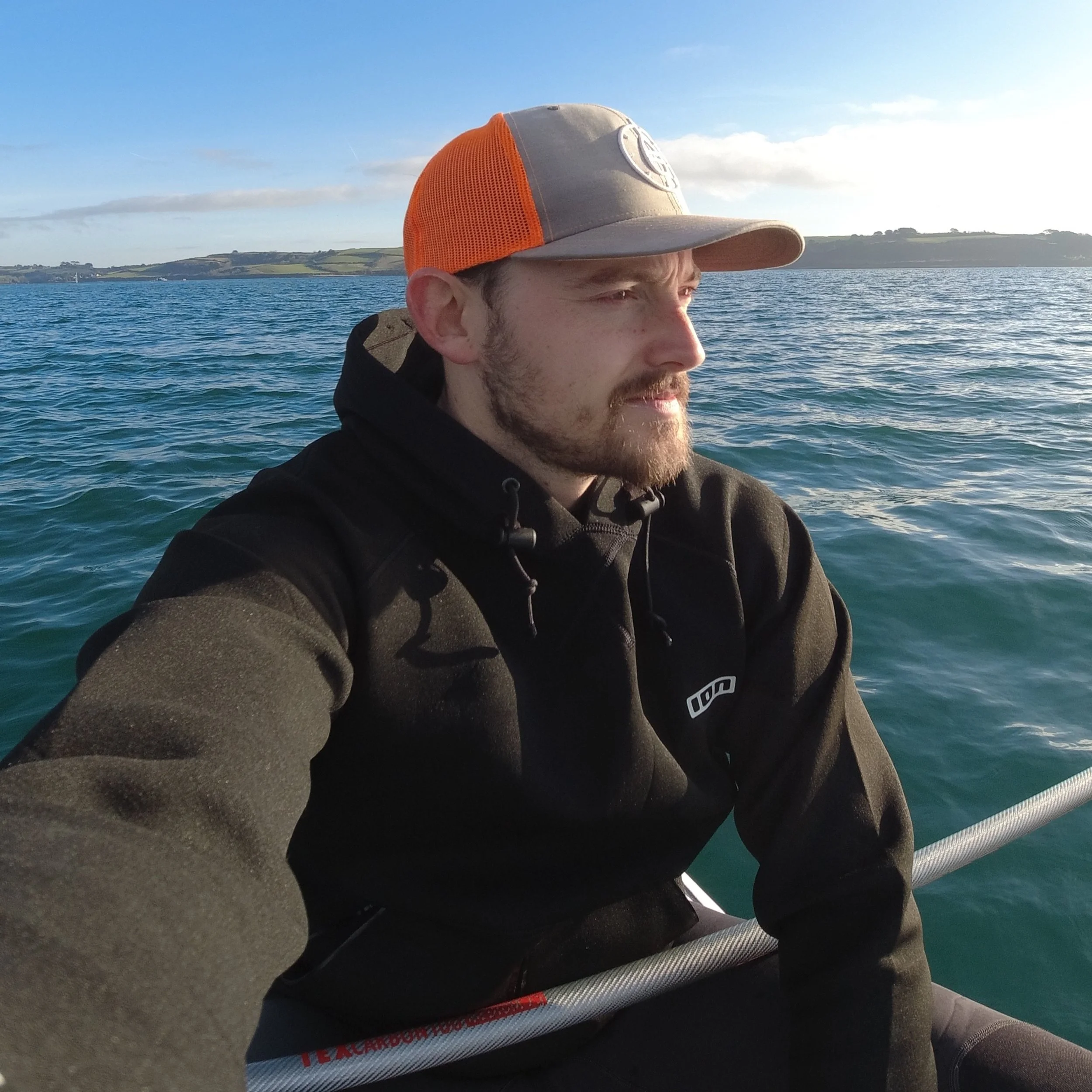Top 5 Paddle Boarding Tips for Your First SUP Outing
Are you ready to experience the excitement of stand-up paddle boarding (SUP)? From California’s sunny coasts to Florida’s beautiful lakes, SUP has become one of America's favorite water sports. Whether you’re looking for a peaceful paddle or an epic adventure, safety is essential. Here are some important paddle boarding safety tips to ensure your first outing is enjoyable, safe, and memorable.
1. Check Weather and Water Conditions
Before heading to your nearest beach, lake, or river, always check the local weather, wind speed, tides, and currents. Ideal beginner SUP conditions include calm winds below 10 mph and flat water, beware if you are in a coastal environment flat water can indicate an off-shore wind. Make sure you check the forecast, an off-shore wind is not advisable for inexperienced paddlers to go out in.
The Paddle Logger app provides real-time updates on local conditions, helping you stay informed and prepared, wherever you paddle.
2. Wear Essential SUP Safety Gear
Using a SUP leash ensures your board stays close if you fall, making recovery easier and safer. There are many different types, so make sure you have the correct one for the paddling you are participating in. Coiled leashes are great for open water, but not so good for surf conditions. In moving rivers and estuaries with lots of moorings and debris, sometimes it is even safer not to wear a leash at all. But in this scenario it is doubly important to have a PFD. When paddle boarding, a US Coast Guard-approved personal flotation device (PFD) is often required in many states.
Remember to dress for the water temperature, not just the air, especially in northern regions like New England or the Pacific Northwest, this can mean quick drying layers (like our UV Paddle Shirt!!) that can be added and removed easily, or even a wetsuit, in some regions - a dry suit may be necessary. Always wear sun protection, even if it seems like it isnt the weather for it!! If you are unsure, speak to local paddlers or your local shop to get an idea of what they would recommend.
3. Share Your Paddle Plan with Others
Whenever you go on outdoor adventures it is always important to tell someone where you are headed. SUP and paddlesports are no different. Make sure you tell a friend or family member about your SUP route, departure, and expected return time. Better yet, use Paddle Logger’s PaddleLIVE® feature, this automatically does this for you and let’s them know details about your battery life, current route in real-time, and will get in touch with them if you are unable to. This ensures extra peace of mind whether you're paddling the Great Lakes, Gulf Coast, or your local reservoir.
4. Learn Basic SUP Techniques and Safety Skills
As always skills and knowledge are vital, but not everyone is expected to know everything from the outset. Understanding, taking time to practice in safe waters before mastering basic SUP skills such as proper paddling, turning, falling, and reboarding your paddle board boosts confidence and safety. Many SUP schools and outfitters across the US offer beginner lessons. Investing in these skills will enhance your paddle boarding experience and help you enjoy America’s incredible waterways safely.
5. Protect and Respect Your Paddling Environment
SUP enthusiasts play a vital role in protecting US waterways, from the Chesapeake Bay to Lake Tahoe. Practice "leave no trace," respect local wildlife, and adhere to state and local boating regulations. Paddle Logger is committed to sustainability, encouraging paddlers across America to protect our environment while enjoying their favorite water sport. Make sure you check out SHiFT in the app for some tips on how to improve the environment, you can also report any environmental issues directly from the app with our partnership with Save the Waves. As important as it is to protect our ocean playground, it is also important we respect it. Oceans, waterways and marine environments can be dangerous, weather and tides play a role in constantly changing the environment you are paddling in, so always be aware of what is going on around you. There is always lots to learn and the best way is to pick the brains of local guides, for example; ‘“how do you read wind direction and patterns from the surface of the water”, or “what currents should you be aware of paddling in this location?”
By following these SUP safety tips, you’re ready to confidently enjoy your paddle boarding journey anywhere in the US. Use Paddle Logger to track, record, and share your SUP adventures—making every paddle memorable, safe, and epic.
Happy paddling!



